What can I expect if I get a tubal ligation?
Tubal ligation is a surgical procedure. The doctor cuts or blocks your fallopian tubes through a cut in your skin on your belly. You’ll get medicine to help with pain, and you can usually go home the same day.
How does tubal ligation feel?
Your doctor will help make your procedure as comfortable as possible. You’ll get general anesthesia, so you’ll sleep through the procedure — you won’t feel or remember anything. After the surgery, you may have pain for a little while from the procedure itself and/or from the gas that was pumped into your belly. But most people recover within a couple of days.
What happens during a sterilization procedure?
There are different kinds of sterilization. With a tubal ligation, the doctor will either block or remove small sections of your fallopian tubes. With a bilateral salpingectomy, the doctor will remove your tubes completely. There are a few different ways to do sterilization procedures.
Laparoscopy is the most common procedure. You’ll get general anesthesia to put you to sleep. The doctor pumps gas into your belly so they can see your organs. They make a few small cuts in your lower belly and use a laparoscope (a tool with a light and a lens) to find your fallopian tubes. Then they use heat, clips, or rings to close off your tubes or remove them completely. The whole thing takes about 20-30 minutes, and you can usually go home the same day. There’s very little scarring.
Another common procedure is a minilaparotomy. It’s often done right after childbirth. You get local anesthesia and your doctor makes a small cut near your belly button. The doctor brings your fallopian tubes up through the cut, then removes a short section of your tubes, blocks your tubes with clips, or removes the tubes completely. It usually only takes a few days to recover.
How will I feel after sterilization?
You may have:
- Tiredness or dizziness soon after waking up as the anesthesia is wearing off
- Nausea
- Mild pain in your belly or where your skin was cut
- Cramps
- Vaginal discharge or bleeding
- Neck or shoulder pain (from the gas)
Most symptoms only last a short time. But call your doctor right away if you have:
- A rash, swelling or trouble breathing
- A fever of 100.4°F or higher
- Severe, continuous pain in your belly that keeps getting worse or doesn’t get better with pain medicine
- Unusual discharge or odor from your vagina
- Dizziness or fainting spells
- Pus, drainage, bleeding, redness, or swelling where any incision (cut) was made in your skin
- Vomiting or nausea that doesn’t stop
- Symptoms of pregnancy
How long will it take me to recover after my sterilization?
Your recovery depends on your general health and how your body reacts to surgical procedures.
You can usually recover from sterilization within a couple of days, but it’s a good idea to take it easy until you feel better. Avoid lifting anything heavier than 12 pounds for a week after the surgery if you can.
If you have stitches, they’ll either dissolve on their own or your doctor will have to take them out later. Your doctor will let you know if you need to come back to get your stitches removed.
How soon can I have sex after sterilization?
Talk with your doctor about when it's safe to start having sex again. Sterilization starts preventing pregnancy right away, but wait until you feel healed and ready to have sex.
 Abstinence
Abstinence
 Breastfeeding
Breastfeeding
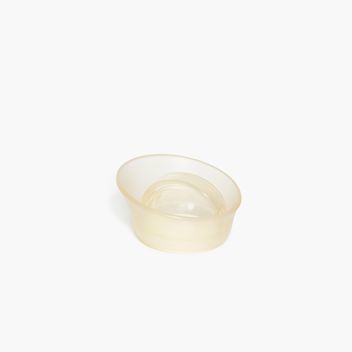 Cervical Cap
Cervical Cap
 Condom
Condom
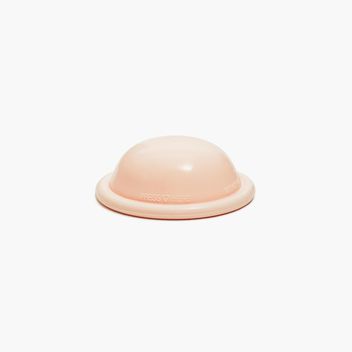 Diaphragm
Diaphragm
 FAM
FAM
 Female Condom
Female Condom
 Implant
Implant
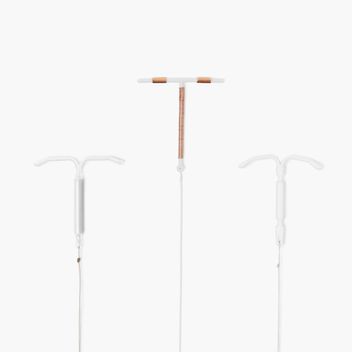 IUD
IUD
 The Patch
The Patch
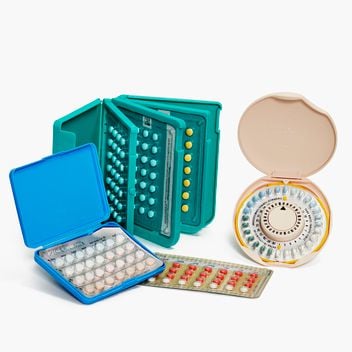 The Pill
The Pill
 The Ring
The Ring
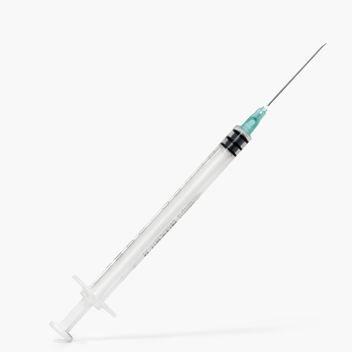 The Shot
The Shot
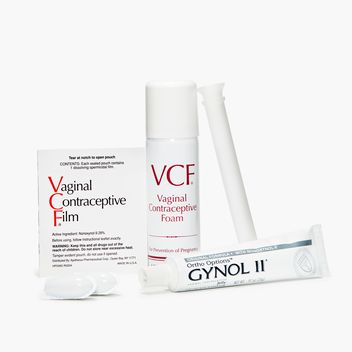 Spermicide
Spermicide
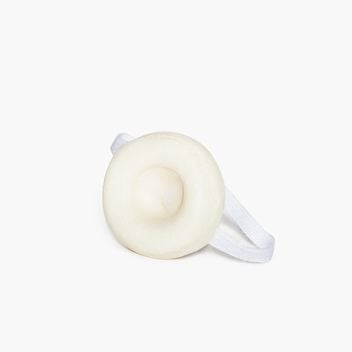 Sponge
Sponge
 Sterilization
Sterilization
 Vasectomy
Vasectomy
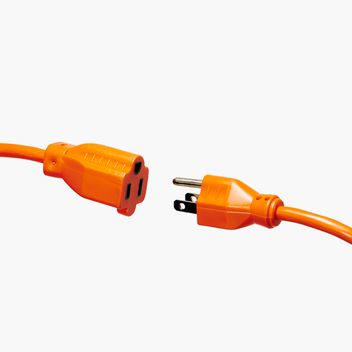 Withdrawal
Withdrawal